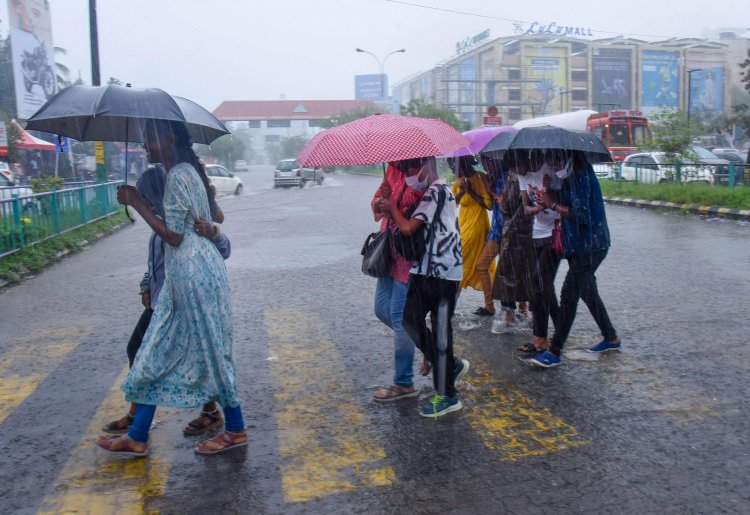A most likely to be above normal monsoon: IMD
STORIES, ANALYSES, EXPERT VIEWS

The India Meteorological Department (IMD) has forecast a ‘most likely to be above normal’ southwest monsoon this year. Rainfall over the country during June-September is expected to be 106 per cent of the ‘normal’ long period average for this four-month season. The optimism is based on most global climate models indicating a weakening of the current El Niño conditions to ‘neutral’ in the first half of the monsoon and then developing into a La Niña during the second half.
La Niña apart, the IMD is deriving hope from ‘positive’ Indian Ocean Dipole conditions — warmer temperatures in the Arabian Sea waters relative to that in the eastern Indian Ocean — developing, again during the latter part of the monsoon season.
Good monsoon welcome on many counts: A good monsoon, assuming the IMD’s forecast is borne out, is welcome on many counts, writes The Indian Express. “To start with, growth. While India’s overall gross value added growth has gone up from 6.7 per cent in 2022-23 to 6.9 per cent in 2023-24, the same for agriculture has slowed from 4.7 per cent to 0.7 per cent. Given that the farm sector employs nearly 46 per cent of the country’s workforce, a second consecutive not-so-good monsoon can turn out to be a major drag on already stressed rural incomes and consumption. Secondly, the monsoon matters for availability of drinking water (think Bengaluru) and reservoir levels for hydel power generation. The third impact is on sentiment. For the government taking over in June after the Lok Sabha elections, a good monsoon would be manna from heaven — providing just the right start.”
Inflation remains a cause of concern: But inflation is an immediate concern. Retail food inflation, which, at 8.5 per cent year-on-year in March, was higher than the 4.9 per cent increase in the general consumer price index. With government wheat stocks, at 7.5 million tonnes on April 1, depleting to a 16-year-low for this date and subpar production in most ‘rabi’ (monsoon) crops, food inflation may remain sticky. “That practically rules out any policy interest rate cuts. Everything, therefore, hinges on the monsoon and a bumper ‘kharif’ (winter) harvest about six months from now.”
















